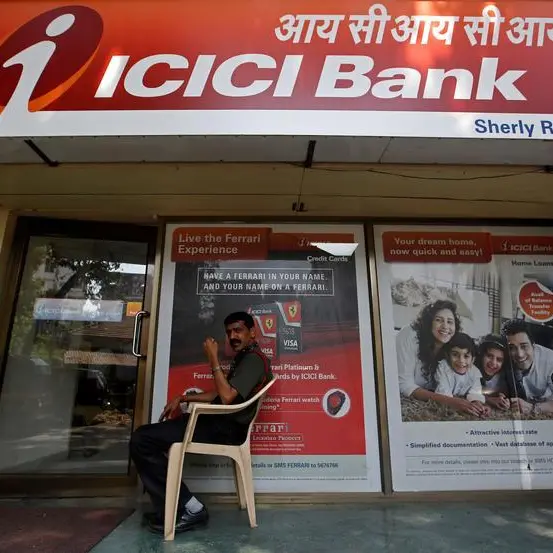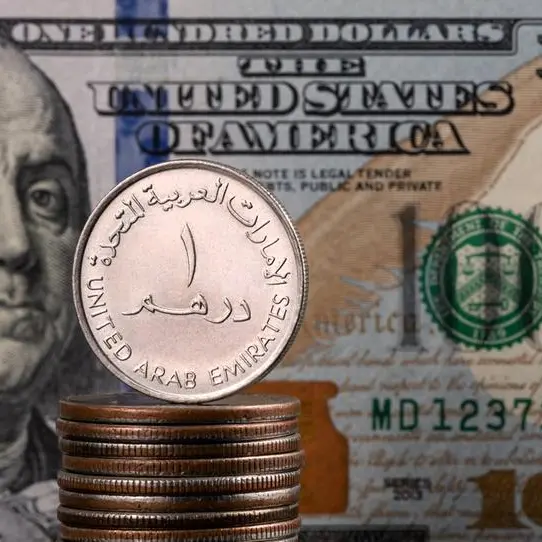PHOTO
NEW YORK - Many bond investors are playing it safe on the short end of the yield curve, even as Federal Reserve officials have started to float the idea of smaller interest rate hikes as soon as the December policy meeting.
Investors widely expect the Fed this week to raise its benchmark overnight interest rate by 75 basis points to a range of 3.75% to 4.00%, which would be the fourth supersized hike in a row. For December, however, the fed funds futures market has factored in a 68% probability of a 50-bps increase after hints from Fed officials of potentially slowing down the tightening pace.
"Our view is that the Fed will continue to tighten policy into 2023. We view price pressures as being well above their mandate and persisting into 2023," said Tom Hainlin, national investment strategist at U.S. Bank Wealth Management in Minneapolis.
"If our view is that inflation is a little more persistent and the Fed needs to be aggressive, then we still prefer to be on the shorter end of the curve," he added.
In a rising rate environment, bond investors tend to reduce the duration of their portfolios. The longer the duration, the higher the losses if rates rise.
The Federal Open Market Committee meets on Tuesday and Wednesday, and will release its decision and policy statement at 2 p.m. EDT (1800 GMT) on Wednesday.
U.S. financial conditions (FCI), which typically include borrowing costs, equity levels and exchange rates, have loosened in the latest week, according to Refinitiv data, as stock prices rebounded. But conditions are much tighter than a year ago, before the Fed kicked off its 2022 interest rate increases.
Just two weeks ago, before the communications blackout period ahead of each Fed meeting, St. Louis Fed President James Bullard and Minneapolis Fed President Neel Kashkari, both of whom are widely perceived as policy hawks favoring aggressive tightening to combat the worst inflation in four decades, emphasized the need to stop raising rates in early 2023.
In separate comments, San Francisco Fed President Mary Daly said "the time is now to start talking about stepping down."
Analysts said slowing the tightening process allows the impact of the rate hikes to feed in to the economy. The problem, however, is that the market looks at this step-down as a prelude to cutting rates, which many believe is not the case at all.
Tiffany Wilding, North American economist at PIMCO, said the challenge for the Fed, which is likely preparing the market for a pause in tightening, lies in not only conveying that pause while price pressures remained elevated, but reinforcing the message that the U.S. central bank is still focused on bringing down inflation.
"And ... it isn't going to quickly pivot to dropping rates in the face of what is likely to be increasingly weak economic activity," Wilding wrote in a research note.
SLOW PACE DOES NOT MEAN LOOSENING POLICY
Just as important is the language and nuance in the policy statement and what Chair Jerome Powell says at the news conference following its release.
Zachary Hill, head of portfolio management at Horizon Investments in Charlotte, North Carolina, noted that if Powell makes any reference to a shift in its aggressive tightening pace, he will emphasize that this does not represent a loosening of monetary policy.
"It simply represents a change in the pace of tightening to assess the impact of what has been a record interest rate tightening cycle on the real economy," he said
Much like U.S. Bank's Hainlin, Hill believes inflation will remain stubbornly high, citing companies, particularly those selling consumer staples, that are pushing prices higher aggressively.
That said, Hill pointed out that short-term rates are getting well above long-term neutral levels, and said it makes sense to lengthen duration exposure a little bit.
"But by no means, we're loading the boat right now. We need to be cautious about getting too optimistic with respect to a change in the trajectory of Fed policy."
To be sure, some bond market participants, while still cautious, could not ignore the surge in U.S. yields which have provided value to longer-duration bonds.
Since the beginning of August, benchmark Treasury 10-year yields have soared about 148 basis points. The yield hit a 15-year high of 4.338% on Oct. 21.
"The chance of the Fed slowing the pace of rate hikes early next year has grown, suggesting that the majority of the overall yield rise this cycle has already unfolded," said Chip Hughey, managing director, fixed income, at Truist Advisory Services in Richmond, Virginia.
He recommended adding duration to bond portfolios. Hughey noted that long duration, high-quality fixed income such as Treasuries are in a better position to provide portfolio protection and more attractive levels of income for investors as well.
(Reporting by Gertrude Chavez-Dreyfuss in New York Graphics by Saqib Iqbal Ahmed Editing by Alden Bentley and Matthew Lewis)























